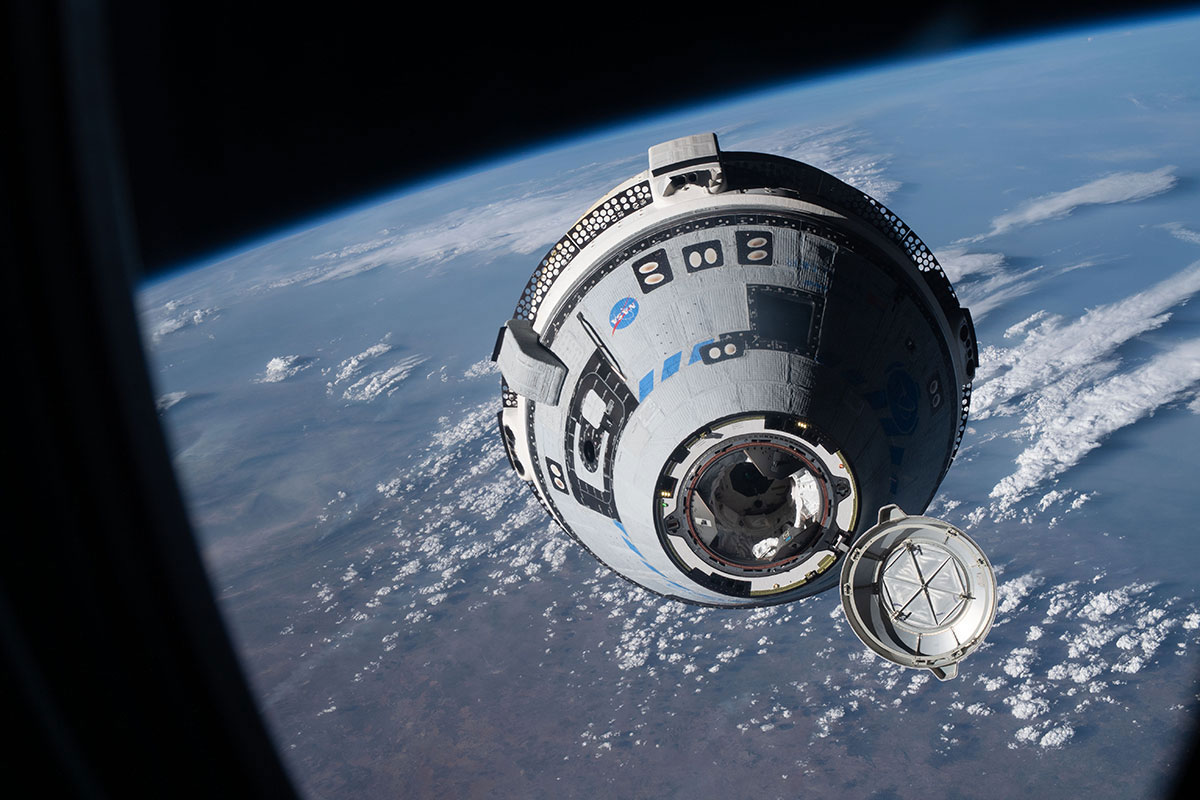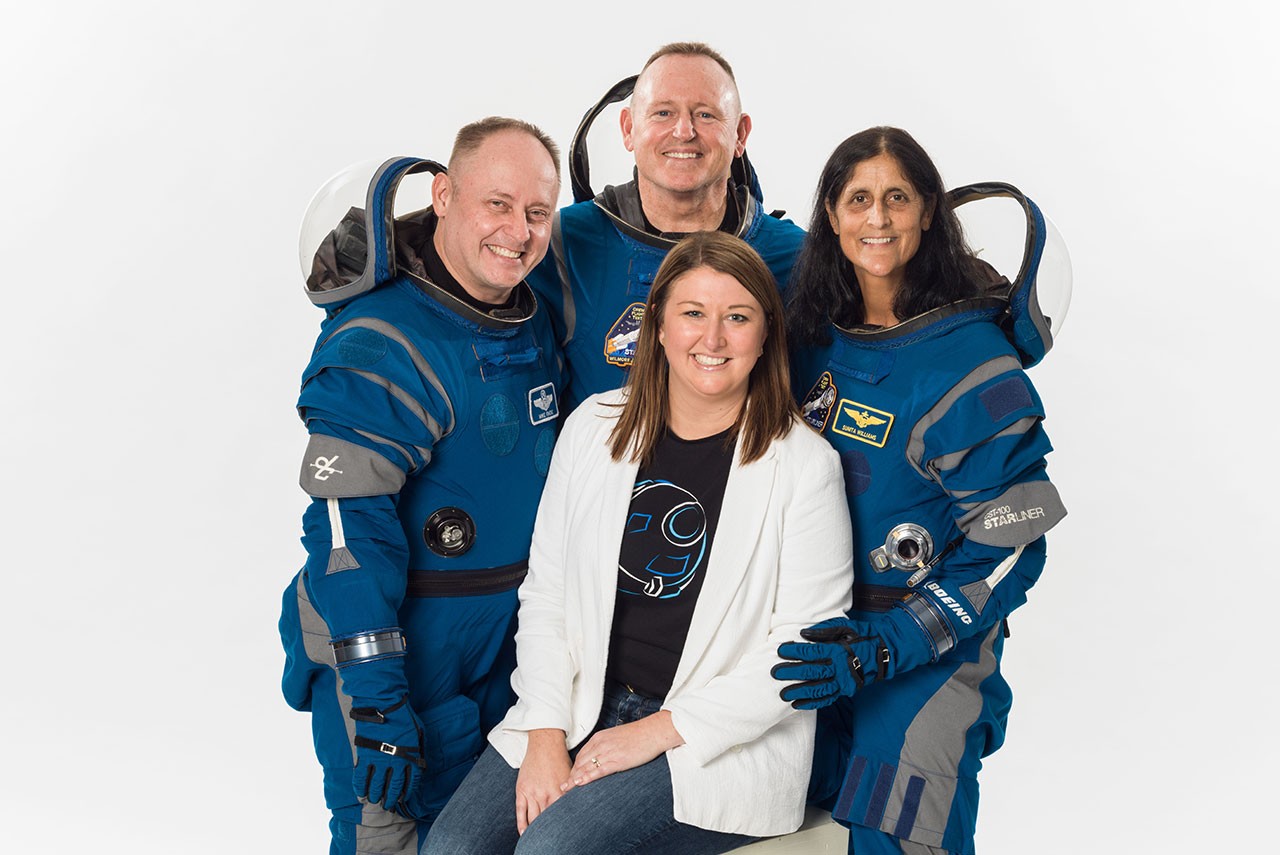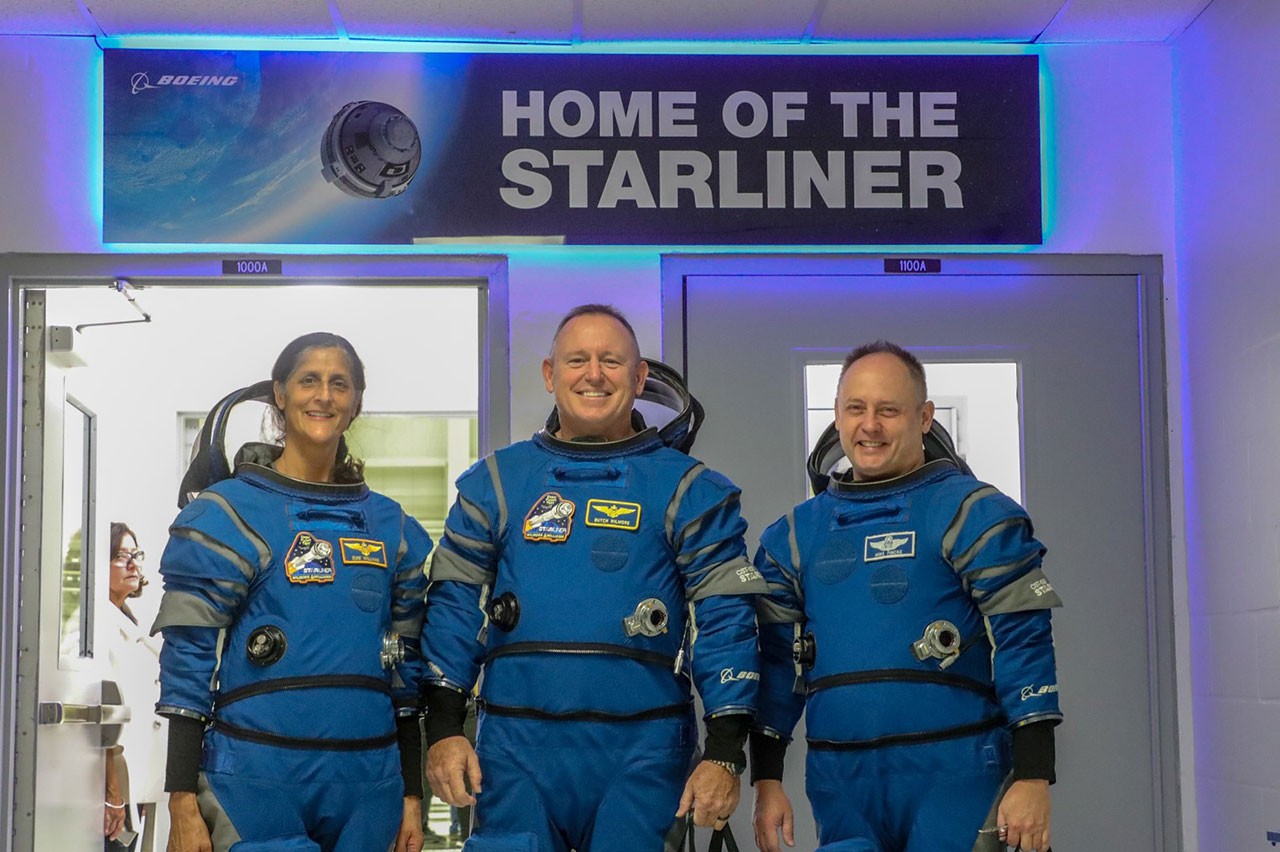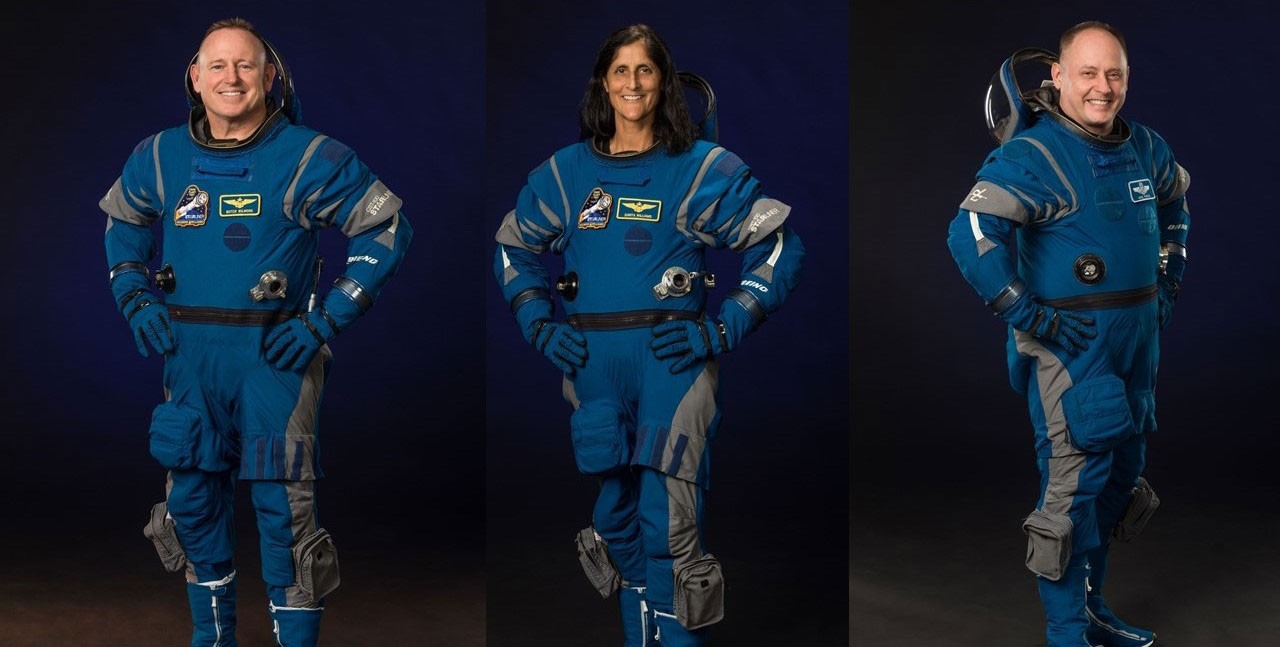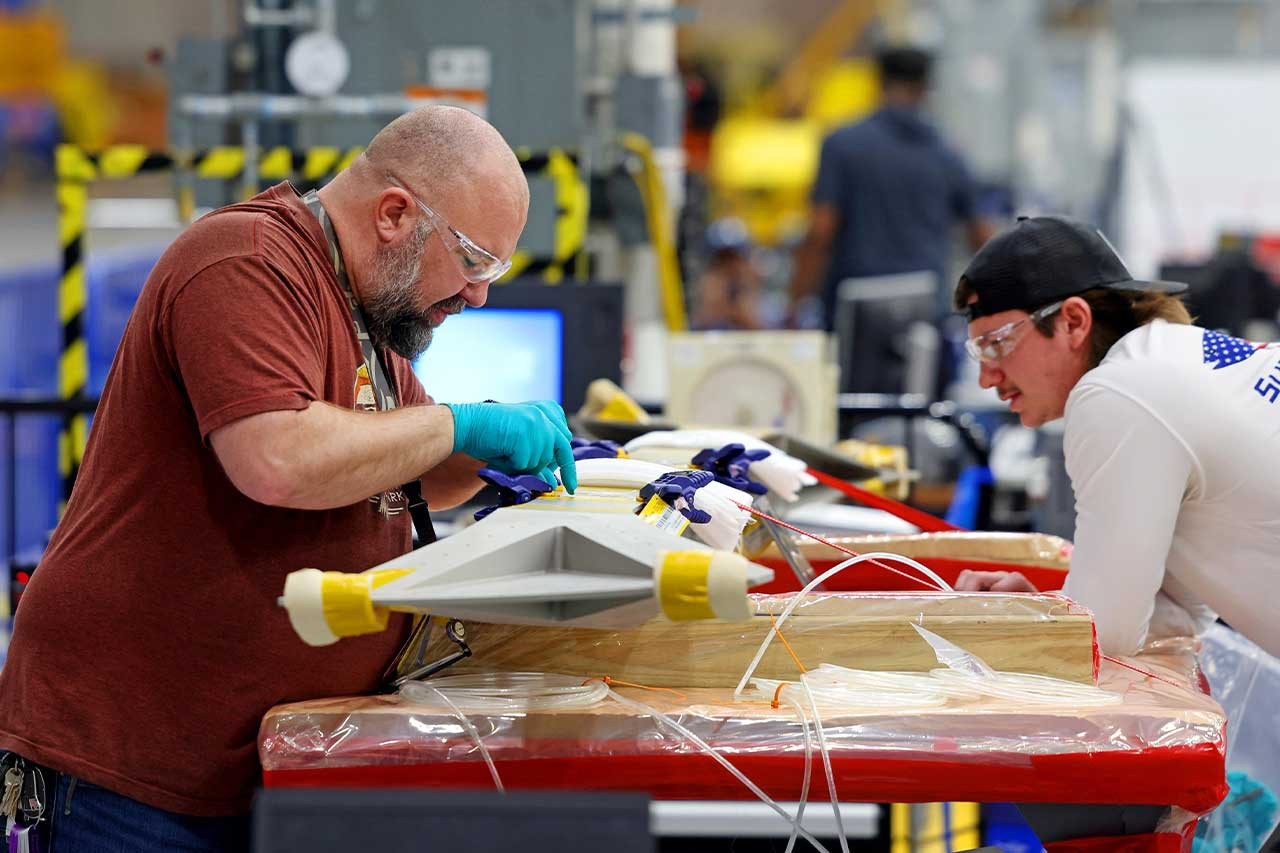‘Heart of SLS’ – core of the core stage fuels moon rocket
Boeing completes welding and cleaning work on two of the fuel tanks that will send third Artemis mission to the moon.
NASA recently commended the progress Boeing teams at Michoud Assembly Facility (MAF) made in building components for the core stage, upper stage and avionics for rockets that will propel future Artemis missions.
In addition, teams recently reached milestones on the liquid oxygen (LOX) and liquid hydrogen (LH2) tanks for Boeing-built Core Stage 3 (CS3). These tanks, integral to NASA’s Artemis III mission, play a vital role in storing the 733,000 gallons (2.8 million liters) of fuel essential for the launch of the Space Launch System rocket.
LOX tank progress: January marked a significant milestone as teams successfully finished the welds on the CS3 LOX tank. With the welding work now behind them, teams are shifting their focus towards inspections to ensure the welds' integrity and performance.
- Up next is what is referred to as the “LOX proof test.” It is a routine part of the weld assessment process and serves as one of the premier validators for the welds – as it simulates the pressure loads the hardware will experience during flight to confirm the tank's ability to withstand the intense conditions of launch.
- While subjecting the tank to mission-like pressure, the team will use a detailed leak detection paper tape system to identify any leaks that may occur during inspection and testing.
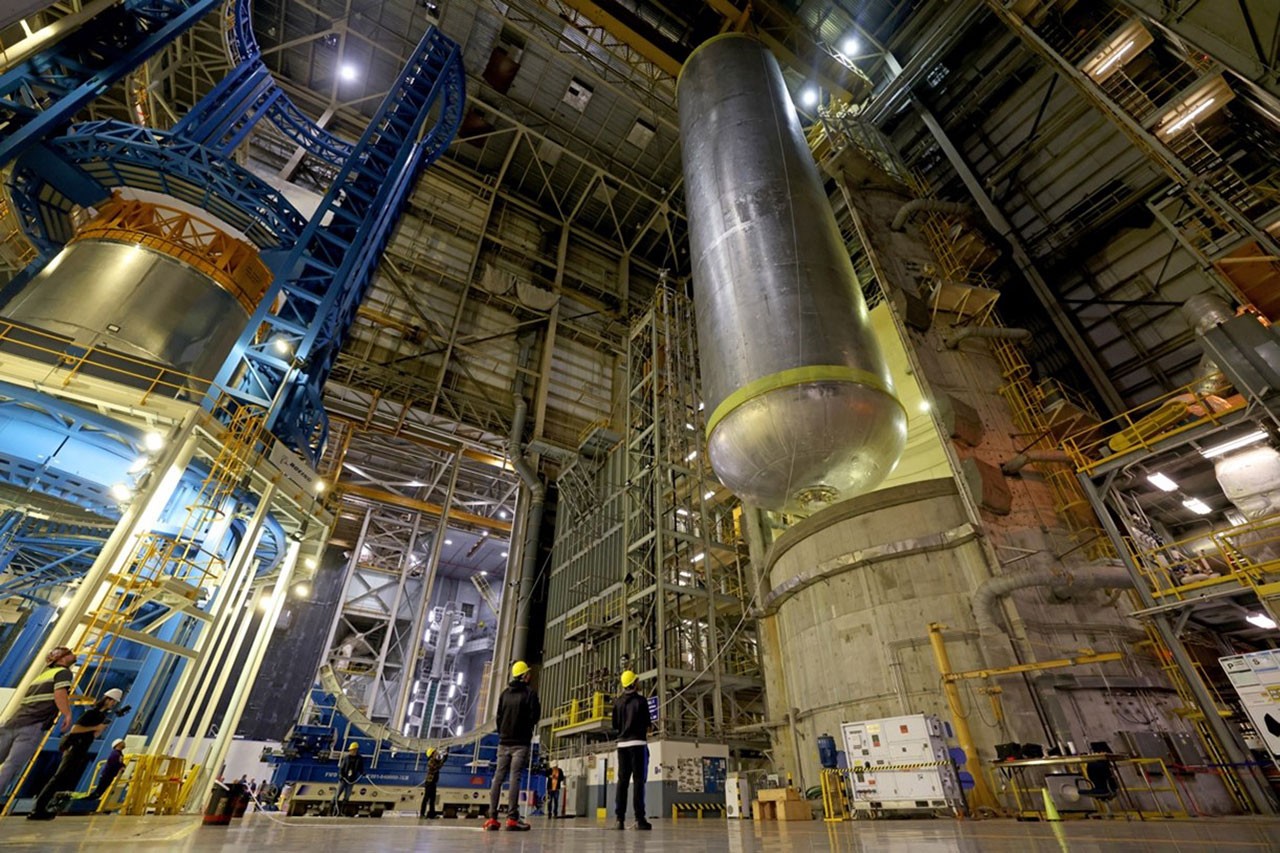 This image shows the LOX and LH2 tanks (left and right respectively) undergoing work in the Vertical Assembly Building at NASA’s Michoud Assembly Facility (Image Credit: NASA/Michael DeMocker)
This image shows the LOX and LH2 tanks (left and right respectively) undergoing work in the Vertical Assembly Building at NASA’s Michoud Assembly Facility (Image Credit: NASA/Michael DeMocker)
LH2 tank progress: Work continues to advance on the CS3 LH2 tank following its transition to the Vertical Assembly Building at MAF last fall for internal cleaning.
- This cleaning process is an essential step in the production journey, as it mitigates the presence of foreign object debris (FOD) within the tank. This meticulous procedure is a critical safeguard to ensure unwanted particles do not impact or damage other vehicle systems during launch.
- Following the conclusion of interior cleaning, teams are now focused on readying the exterior of the tank. After receiving a layer of primer, the exterior will be coated with the thermal protection system (TPS).
- This TPS foam insulates the cryogenic fluids within the tank to keep them cold and acts as a shield to protect the hardware from the extreme temperatures it will encounter during launch and flight.
“The LOX and LH2 tanks are truly the 'core' of Core Stage 3, symbolizing the heart of the SLS rocket,” reflects Jeff Coots, Senior Test Lead Engineer for Boeing Test & Evaluation. “Not only that, but their successful development ensures the reliability and efficiency of the SLS rocket and helps pave the way for humanity's continued exploration of the Moon and beyond."
NASA’s Space Launch System (SLS) rocket – the nation’s next-generation, super heavy-lift rocket – will enable NASA’s Artemis campaign and will carry people and cargo to the moon, Mars and beyond. Boeing was selected by NASA to design, develop, test and produce the core stages, upper stages, and avionics suite for the SLS fleet of rockets. The first SLS rocket – featuring the Boeing-built Core Stage – successfully launched at 1:47 AM ET on November 16, 2022, as part of the Artemis I Mission. Production is currently underway for the Boeing-built core stages, upper stages (including Exploration Upper Stage) and avionics for future Artemis missions. Learn more about the SLS.

